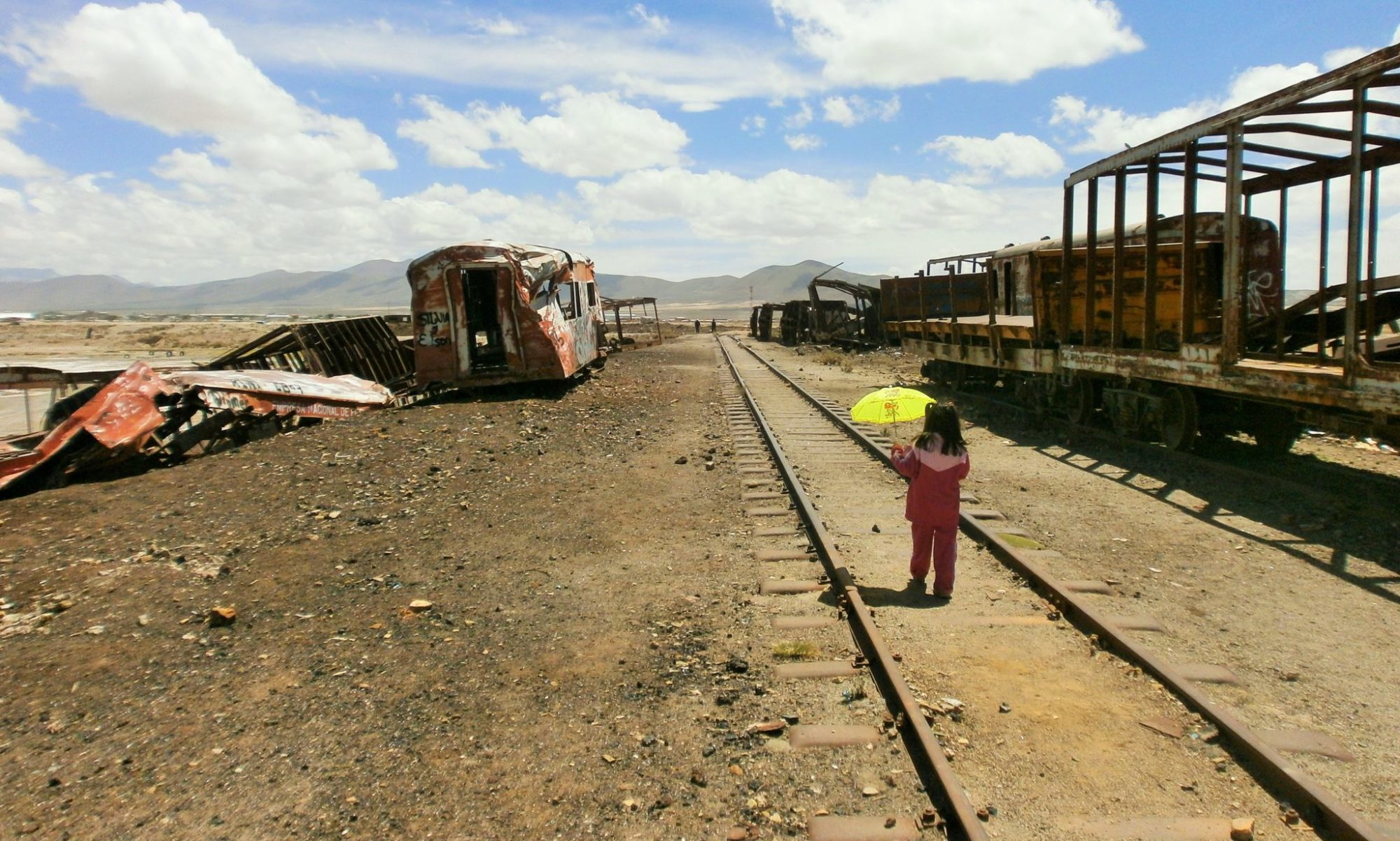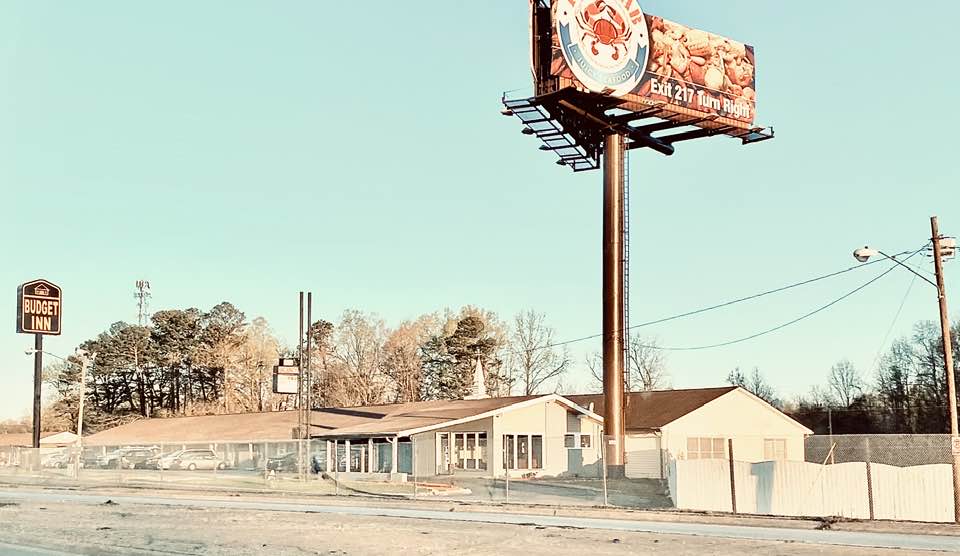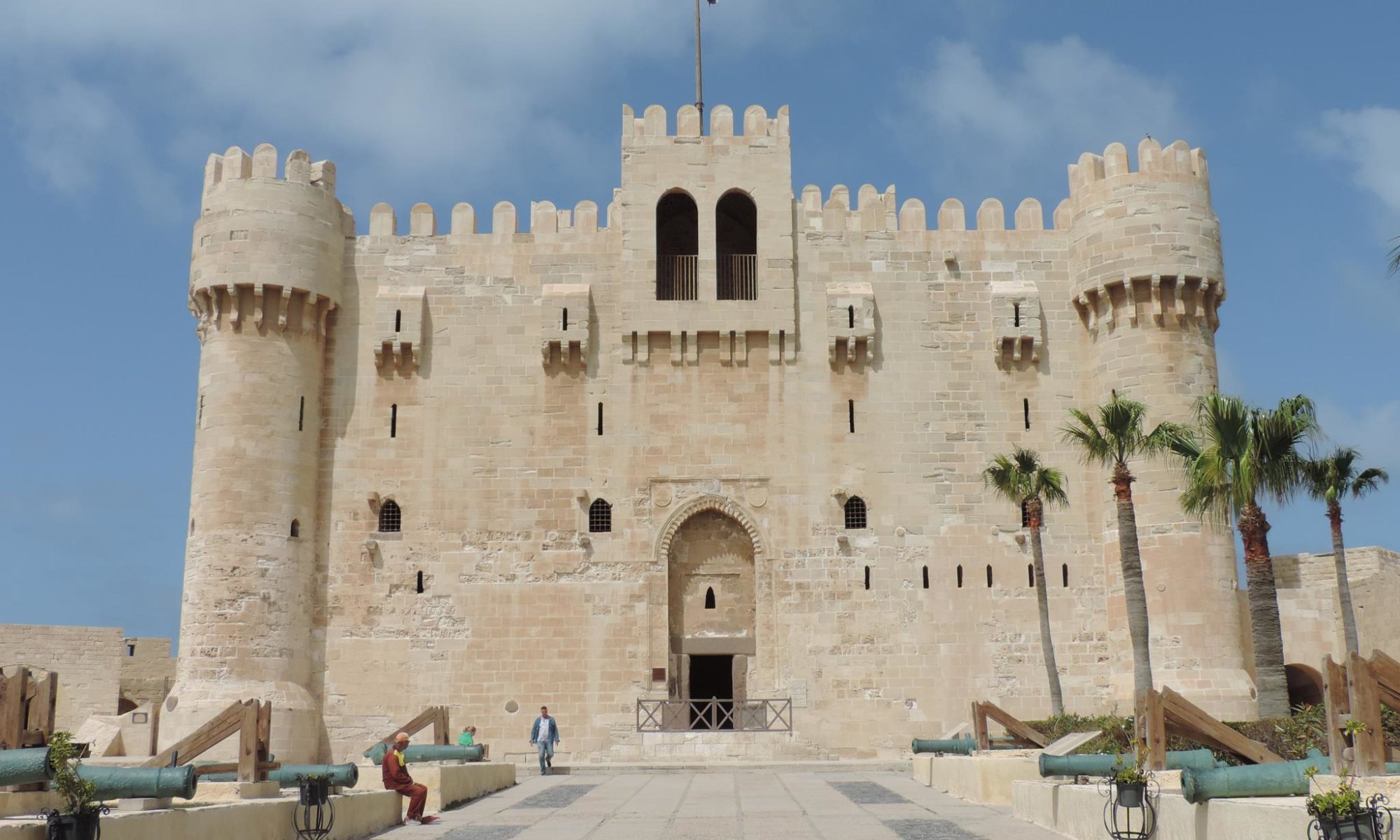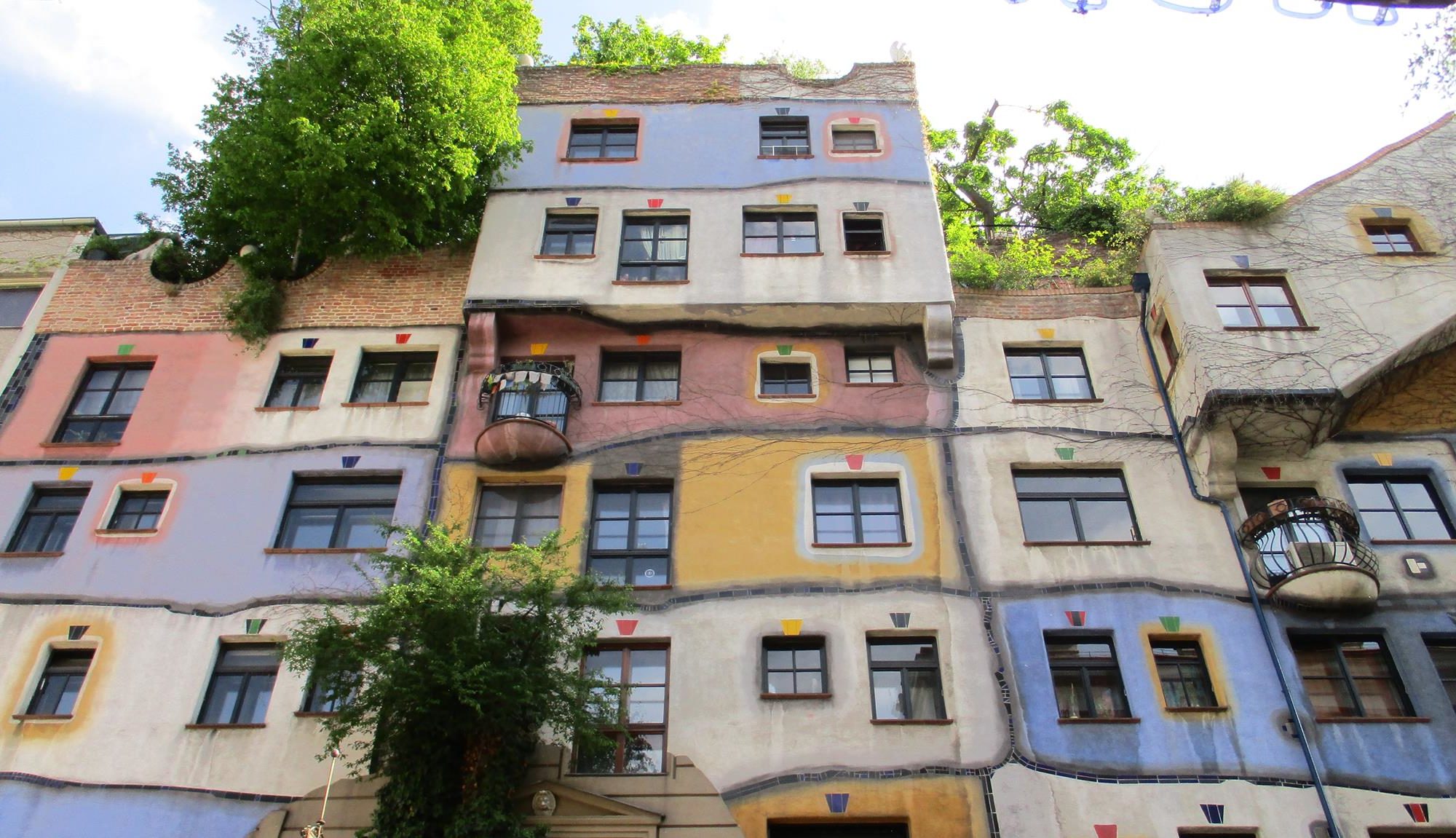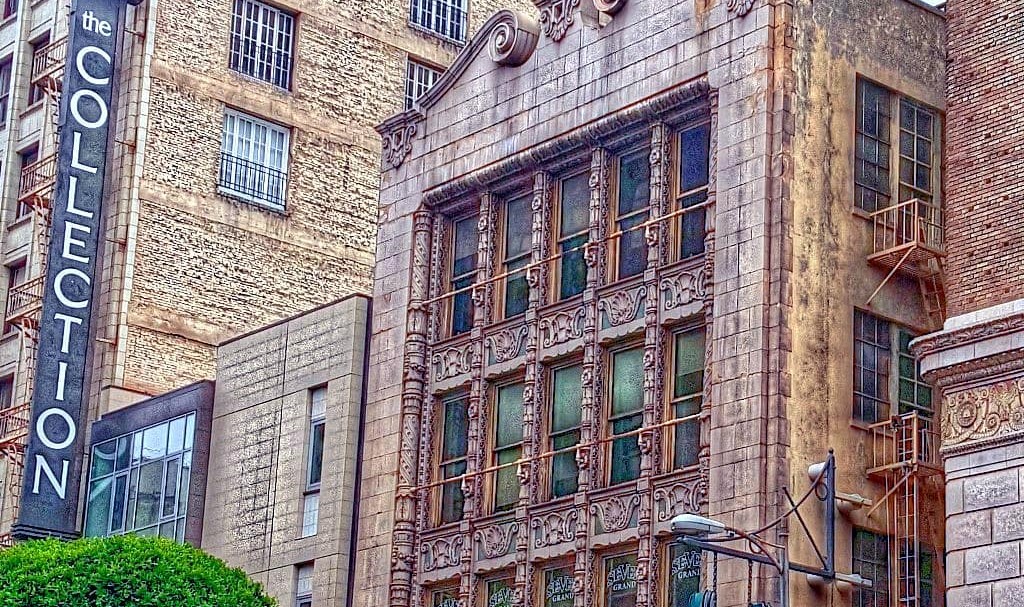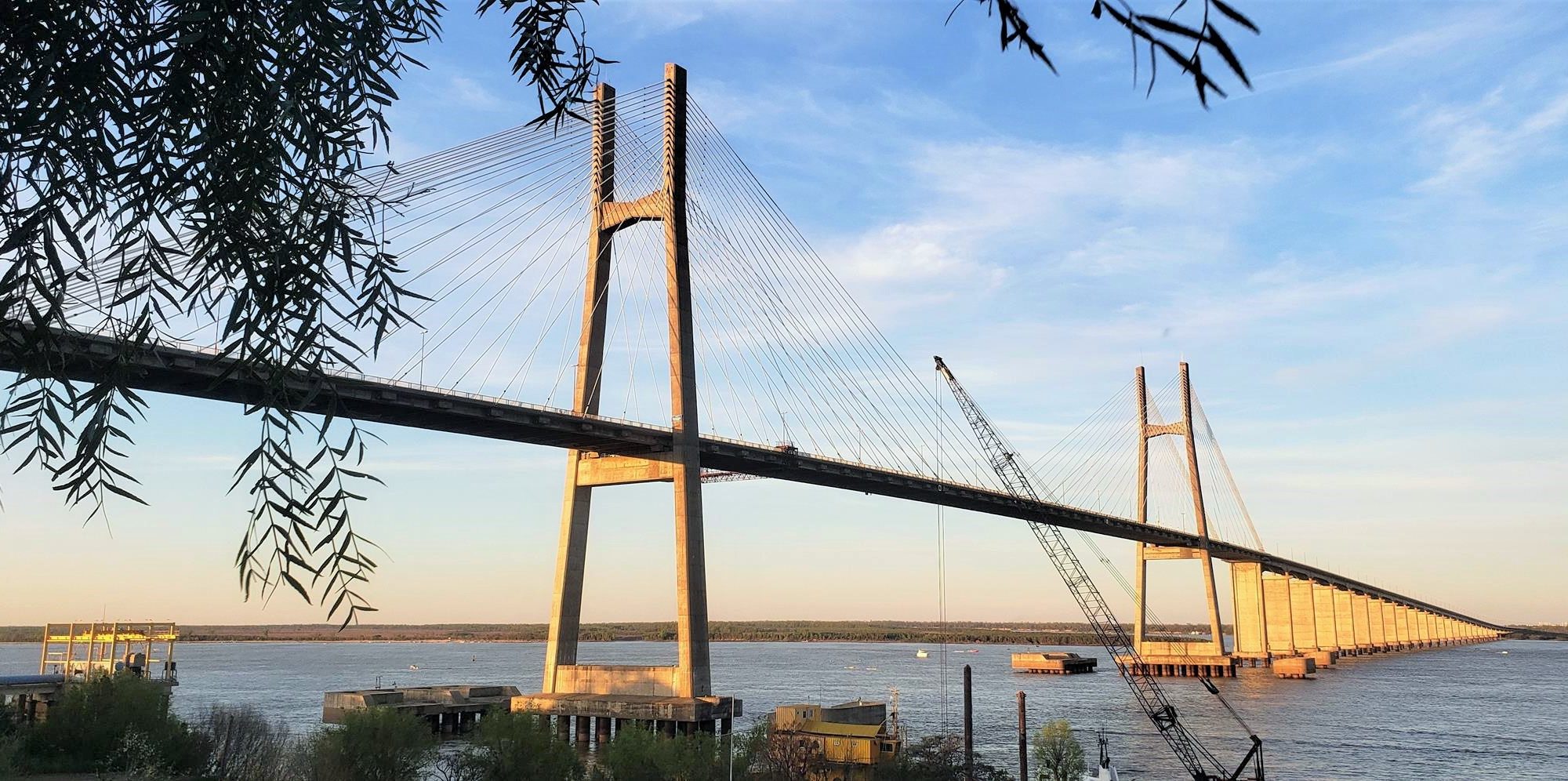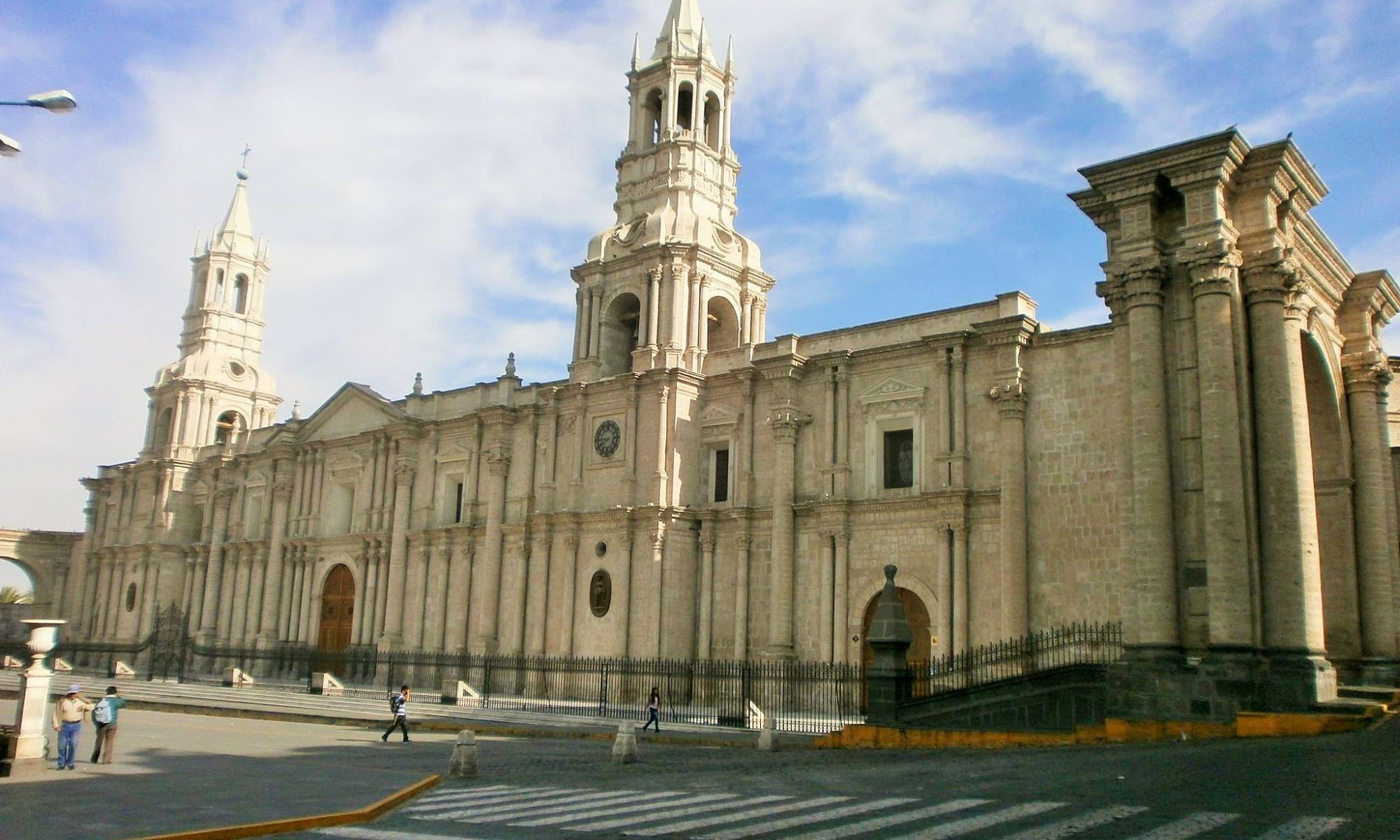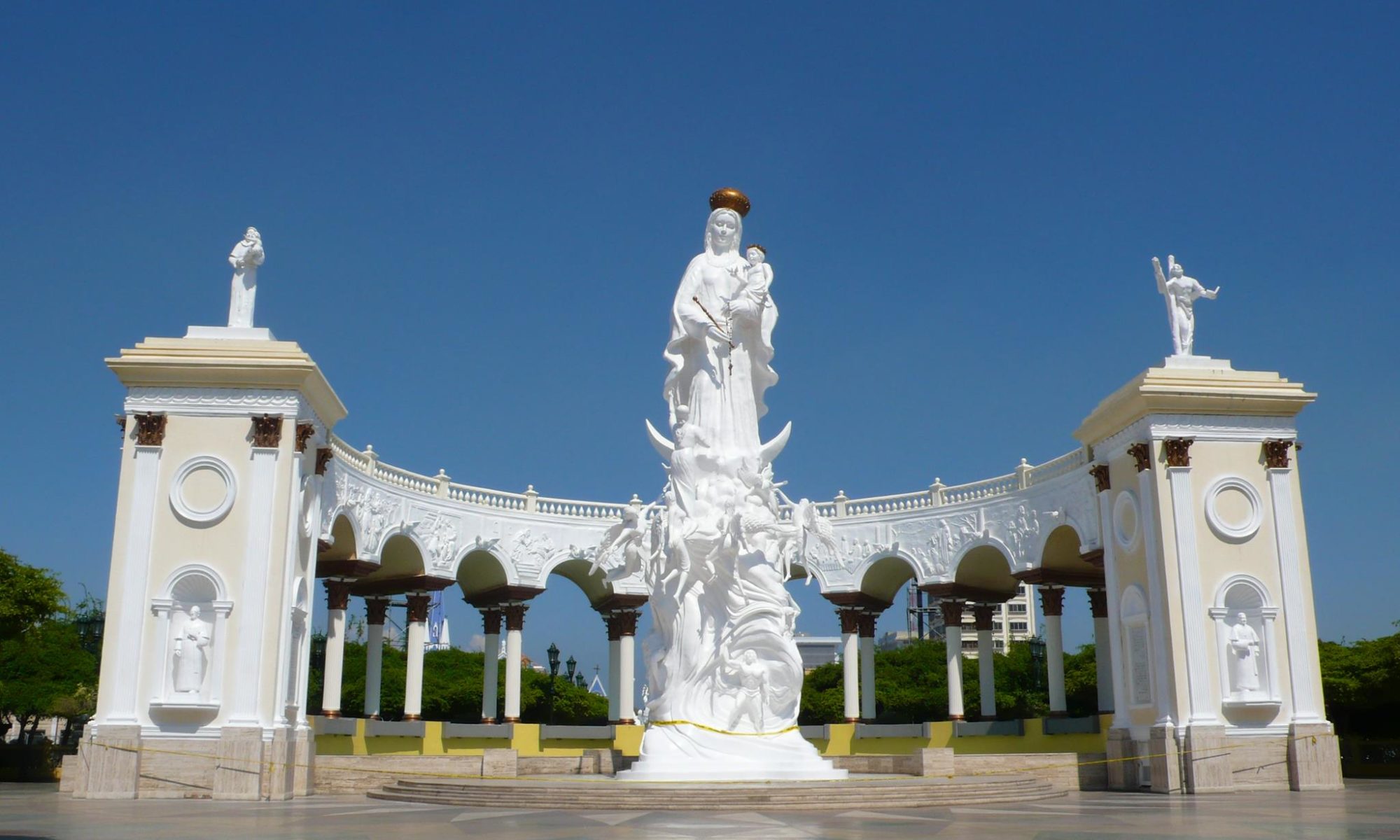The artist and photographer CHARLES SAMUEL WAIT is not only represented on our website as a painter with an interview, he has also contributed many articles on graffiti and urban art from the United States. As well he is a passionate photographer and has a preference for street photography and urban life, often industrial landscapes, construction sites or interesting architecture, but also just simple motifs or everyday objects.
>>> READ MORE
